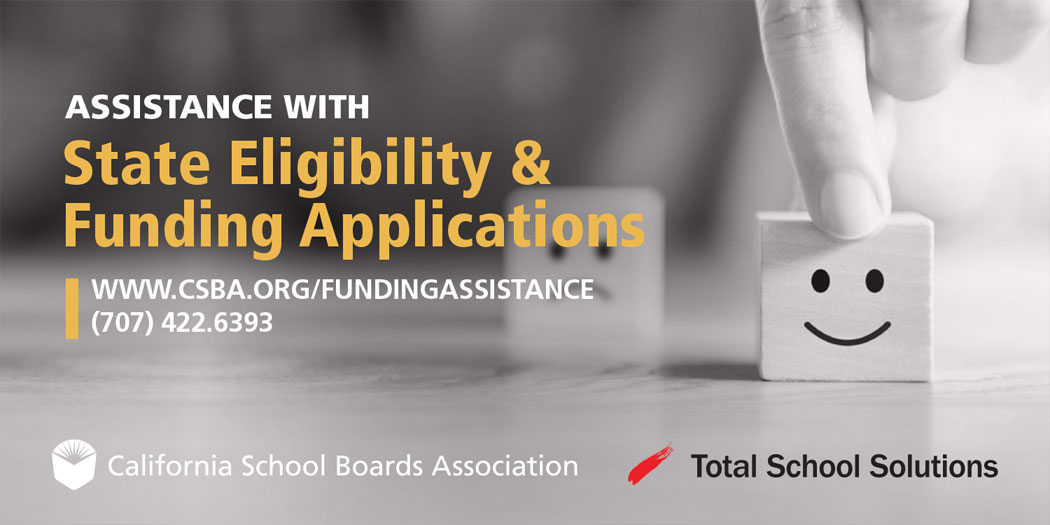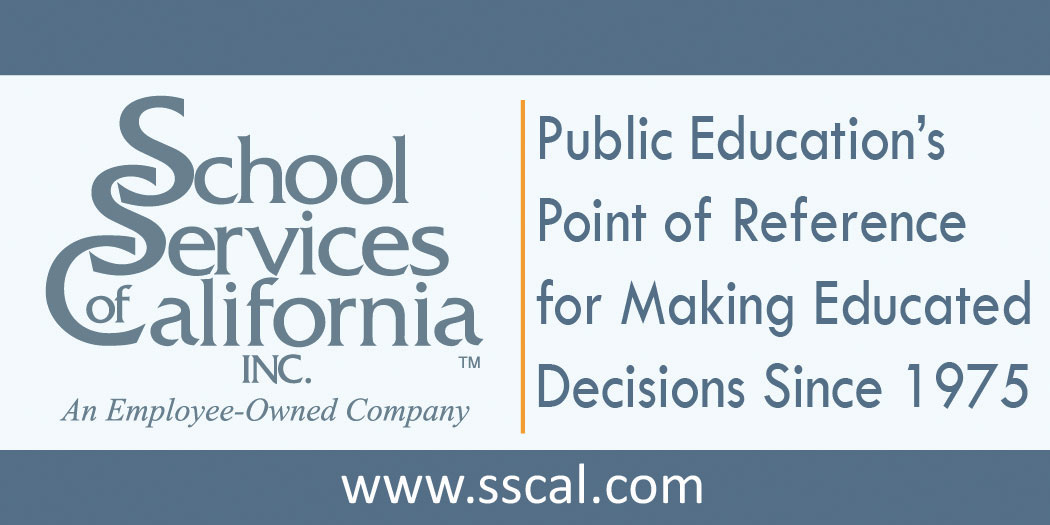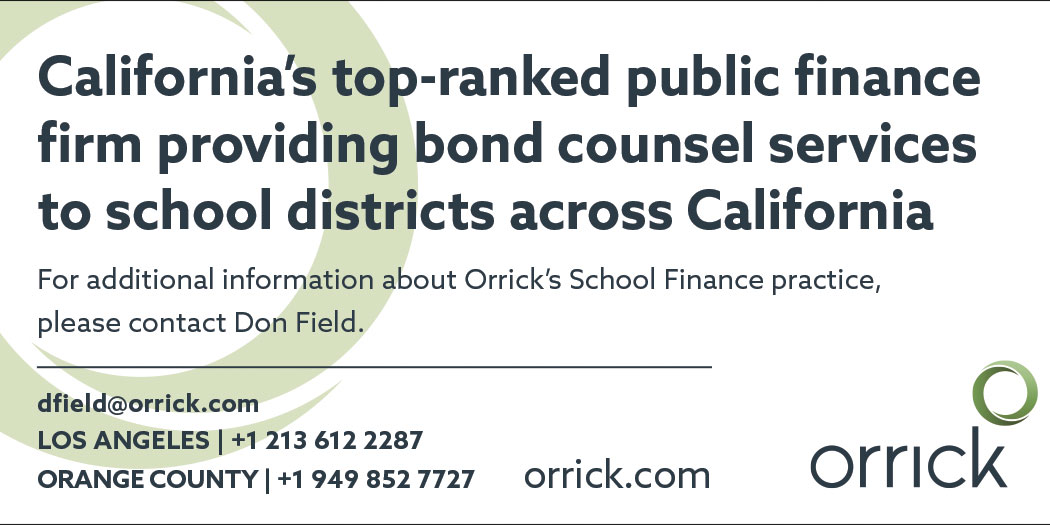
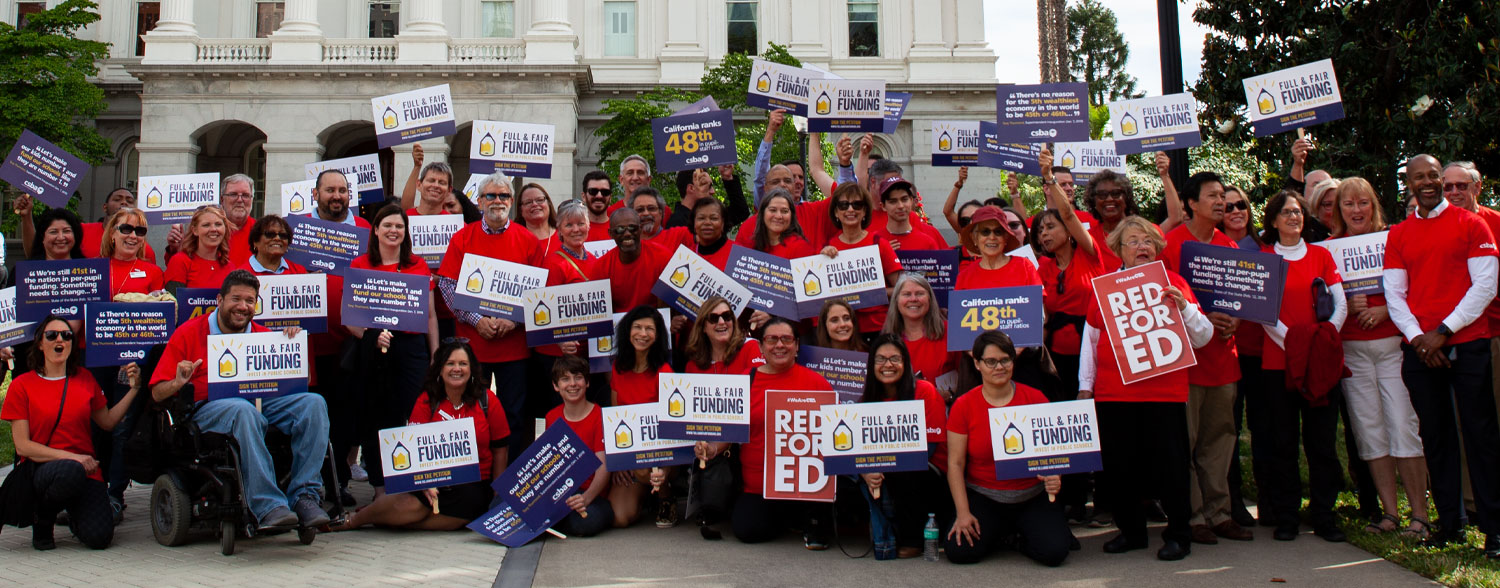
About 200 school board members took that fight to the steps of the State Capitol, where they joined CSBA staff, the California Teachers Association and other education partners in an afternoon Day of Action Rally for Education attended by thousands.
Whether teacher, administrator, school employee, student or trustee, the crowd was unified in its call for more school funding as districts statewide face rising costs for pensions and health care, increased spending on special education, declining enrollment and staff shortages due to high costs of living. At the same time, teachers across California have gone on strike to protest large class sizes, inadequate pay and other issues, all while charter schools have siphoned off an increasing number of public school students at the expense of scarce dollars for neighborhood schools.
- Visit www.csba.org/Newsroom for links to digital versions of current and past issues of California School News.


Troy Flint | tflint@csba.org
Managing Editor:
Kimberly Sellery | ksellery@csba.org
Marketing Director:
Serina Pruitt | spruitt@csba.org
Staff Writers and Contributors:
Hugh Biggar | hbiggar@csba.org
Andrew Cummins | acummins@csba.org
Aaron Davis | adavis@csba.org
Mike Ambrose | mambrose@csba.org
Graphic Design Manager:
Kerry Macklin | kmacklin@csba.org
Senior Graphic Designer:
Mauricio Miranda | mmiranda@csba.org
Emma Turner | La Mesa-Spring Valley SD
President-elect:
Xilonin Cruz-Gonzalez | Azusa USD
Vice President:
Tamara Otero | Cajon Valley Union USD
Immediate Past President:
Mike Walsh | Butte COE
CEO & Executive Director:
Vernon M. Billy
News and feature items submitted for publication are edited for style and space as necessary.

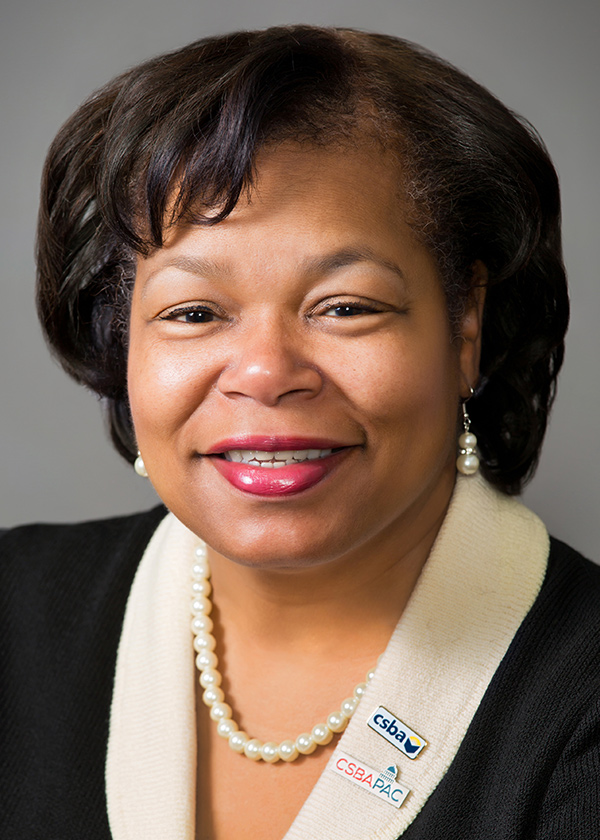
The energetic crowd at the rally and the unrelenting advocacy for Full and Fair Funding from board members throughout the state are planting the seeds of change in the Legislature. We are beginning to hear policymakers use the term Full and Fair Funding and are witnessing increased receptiveness to legislation that would move us toward our goal.
But in order to succeed in bringing our message to fruition, we must not be complacent. We must continue to advocate for Full and Fair Funding at every level. This means continuing to talk about funding needs and circulating the Full and Fair Funding petition available at www.fullandfairfunding.org to all the members of your community. This means continuing to call your legislators and let them know you support the push to raise school funding to the national average by 2020 and to the average of the top 10 states by 2025. Together, we can achieve Full and Fair Funding for California’s public schools.
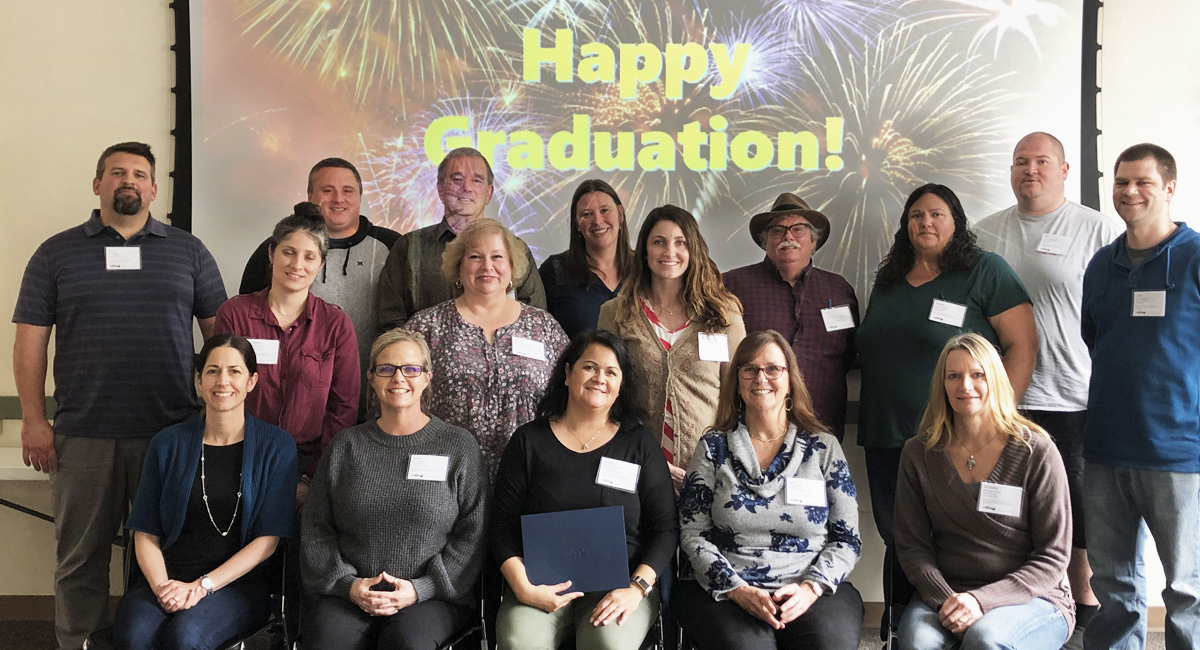
Front Row: Left to Right
Diana Paoli, Board Member, Fort Bragg USD; Tamy Quigley, Board Member, Shasta Union HSD; Vickie Thornburgh, Board Member, Jacoby Creek ESD; Jan Schmidt, Superintendent, McKinleyville Unsion USD; Michelle Collins, Board Member, Freshwater ESD
Second Row: Left to Right
Bernadette Arwood, Chief Business Officer, Blue Lake Union ESD; DeAnn Waldvogel, Superintendent, Blue Lake Union ESD; Rebecca Baugh, Board Member, Freshwater ESD
Back Row: Left to Right
Alvin Sager, Board Member, McKinleyville Union ESD; Charles Ellebrecht, Board President, Fortuna Union HSD; David Fisch, Board Member, Hydesville ESD; LaNIta Littleton, Board Member, Mattole USD; Brian Lovell, Board Member, Northern Humboldt Union HSD; Prairie Moore, Board President, Arcata ESD; Joe McKinzie, Board Member, Arcata ESD; Luke Biesecker, Superintendent, Arcata ESD
Not Pictured
Carrie Kelly, Board Member, Arcata ESD and Melanie Nannizzi, Superintendent, Jacoby Creek ESD
As the school year winds down, summer learning programs are kicking into gear. Summer learning is a way to counter students’ academic slide and for districts to demonstrate a year-round commitment to learning and achievement. County offices of education often provide resources to support districts’ efforts in successfully implementing summer learning programs.
Summer learning program models and implementation methods vary and are dependent on the goal of the program. For instance, programs may prepare students for academic achievement and provide remediation, such as credit recovery. Or, they may prepare students to successfully enter the classroom by focusing on social-emotional learning.
Now is the time for boards to look to the fall, set aside time to assess this year’s programs and plan for next summer. When meeting in a study session, boards are encouraged to ask these important questions:
![]() What type of programs is our district offering now — remediation and/or enrichment?
What type of programs is our district offering now — remediation and/or enrichment?
![]() Have these programs met student needs?
Have these programs met student needs?
![]() What are our measurements of success? Based on this assessment, what are ways to improve the programs?
What are our measurements of success? Based on this assessment, what are ways to improve the programs?
![]() What barriers may have prevented students and their families from accessing summer learning? How can we address these barriers to make our programs even more accessible?
What barriers may have prevented students and their families from accessing summer learning? How can we address these barriers to make our programs even more accessible?
![]() What were this year’s community partnerships? How can partnerships be expanded for next summer?
What were this year’s community partnerships? How can partnerships be expanded for next summer?
![]() What resources are available from our COE? What resources did we utilize this summer, and what we will need for next summer?
What resources are available from our COE? What resources did we utilize this summer, and what we will need for next summer?
![]() How are we funding summer learning? Are there additional funding options and opportunities that we should explore?
How are we funding summer learning? Are there additional funding options and opportunities that we should explore?
![]() How is our summer learning aligned with our Local Control and Accountability Plan? Are there adjustments that need to be made so that these programs are more aligned with our LCAP goals?
How is our summer learning aligned with our Local Control and Accountability Plan? Are there adjustments that need to be made so that these programs are more aligned with our LCAP goals?
CSBA has developed sample board study sessions, along with PowerPoint slides and lesson plans, to assist boards in having these conversations. Resources include “A planning guide for school district governance teams” and “A guide to regional partners and resources in California.” These and other CSBA resources related to summer learning can be found at www.csba.org/summerlearning. In addition, CBSA recently released “Powerful Summer Learning Programs” available in the CSBA Online Learning Center.
The challenges and realities of providing adequate special education services also stretch into the financial realm. Board members report that tight budgets, tied to decades of state underinvestment in public schools, have forced officials to cut other programs and encroach on the General Fund to cover rising special education costs.
More than one in 10 California students receive special education services and the success of the state’s educational system is tied to the ability to improve conditions, instruction, learning and personal development for students with disabilities. As evidenced by 2018 California School Dashboard results, many districts are struggling to meet the needs of this diverse student population.
- California’s Children and Youth with Disabilities provides facts about California’s students with disabilities and an overview
of key issues related to disabilities. - Special Education and the Law provides a broad overview of the laws that govern the provision of educational-related services to youths with disabilities and the mandates and requirements included in those laws.
- SELPAs and Special Education Funding in California outlines the administrative structures and oversight of special education in California, including SELPAs. It also offers an overview of state, federal and local funding for special education in California.
- California’s Teachers of Students with Disabilities addresses preparation and credentialing for teachers who work with students with disabilities, from education specialists to general education teachers.
- Best Practices in Special Education provides a brief overview of best practices, from the role of special education in the context of general education to research-proven practices that benefit students with disabilities.
“We’re encouraged that Gov. Newsom continues to identify and address some of the more pressing issues facing California public schools, such as special education, early learning, employer pension contributions and teacher recruitment, training and retention,” CSBA President Dr. Emma Turner said. “In his first budget, the Governor has made significant progress toward providing the resources needed to give all students a high-quality education. In the coming months, we look forward to partnering with the Governor to accelerate this work and secure the investment needed to lift California from the bottom of the national rankings in per-pupil funding and into the top 10.”
As part of an ongoing series of articles on the Brown Act, the CSBA legal team has provided answers to the following frequently asked questions:
Q: Can a governing board restrict public comment on an item that has already been considered by a committee?
A: For a regular meeting, yes. For a special meeting, no. The Brown Act requires governing boards to allow the opportunity for public comment. An exception to this rule exists under Government Code section 54954.3, which states that the agenda need not provide an opportunity for public comment on any item that has already been considered by a committee composed exclusively of board members, where all members of the public were given an opportunity to address the committee before or during the committee’s consideration, unless the item has been substantially changed (as determined by the board) since the committee originally heard the matter (the “committee exception”).
Many parents and grandparents expressed concerns about exposing young children to sexually explicit images and information found in several of the resources listed in the draft framework, some of which had been removed after hundreds of people shared similar objections at the Instructional Quality Commission’s March 28 meeting.
Dispelling concerns that the framework introduces mandatory curriculum and materials in classrooms, IQC Executive Director Stephanie Gregson said each school district has the autonomy to choose its own curriculum and materials as long as they meets the state guidelines.
- The State Board approved changing the English Language Proficiency Assessments for California and its alternate version from a paper-pencil test to a computerized one beginning in the 2019–20 school year. The writing portion will continue in paper-pencil format for grades K-2. CDE staff said 48 states and Washington, D.C., have transitioned to computerized tests, with one of the benefits being a faster turnaround time on results, providing educators with feedback before the school year ends. Several speakers, however, raised concerns about the unfamiliarity some students — particularly newcomers — may have with computers, questioning whether the assessment will gauge computer skills rather than language acquisition.
- New board members Kim Pattillo-Brownson and Matt Navo were sworn in before a May 7 study session. Pattillo-Brownson, a Democrat, is vice president for policy and strategy for First 5 Los Angeles and was previously managing director of policy and advocacy at the Advancement Project from 2007–16. Navo, a Republican, is director of systems transformation at the Center for Prevention and Early Intervention at WestEd. He was previously with Sanger Unified School District for nearly 20 years, serving in positions including superintendent, area administrator and director of pupil services and special education.
“About 6,500 public schools have been tested, another 1,500 independently completed sampling prior to the enactment of the bill,” said Beti Girma, a Lead Sampling in California Schools Program manager for the State Water Resources Control Board. “We expect around 1,000 schools to sample within the coming months.”
Under Assembly Bill 746 (Fletcher-Gonzalez, D-San Diego), public water systems are required to test all public K-12 schools constructed prior to 2010 by July 1, 2019. Passed in 2017, the legislation aligned with growing awareness of the public health risks of lead. According to the Centers for Disease Control and Prevention, lead exposure can affect cognitive abilities and academic achievement. Lead exposure cannot be corrected and has a life-long impact.
In California schools, students are typically exposed to lead by ingesting water that passes through older plumbing fixtures and taps. According to the recent report Early Adopters: State Approaches to Testing School Drinking Water for Lead in the United States, 3 percent of California’s K-12 public schools had at least one tap with an elevated level of lead in water and 1 percent of all taps tested in California’s public schools had shown lead levels at or above the level requiring action — 15 parts per billion per one liter of water. However, the results were based on testing at just 22 percent of the state’s more than 10,000 K-12 public schools.
This year’s conference theme is “Educational Changes on the Horizon: What and how to prepare for them.” County board members will have the opportunity to focus on specific issues that impact them and to network with other county board members at the event. The conference includes general sessions on the “Political Landscape Impacting Schools” and “Coping with Natural Disasters – Lessons Learned,” as well as more than 15 workshops on school safety, mental health, advocacy, budget and finance, governance, charter schools and other critical education issues.
Clark Morrow from the San Bernardino County Sheriff’s Department will be the keynote speaker on Saturday, Sept. 14. Morrow will discuss “Latest Trends Among the Young” and present a related slideshow on juvenile misbehavior and crime. He brings several years of experience to the session and is a member of the of a number of safety organizations and task forces. Clark has also received several awards for his work on behalf of children and has been involved with multiple award-winning juvenile justice programs in San Bernardino County.
County board of education members are also encouraged to show off their home region with a gift basket at this year’s conference in Monterey. The gift baskets will be raffled off throughout the weekend and may include gift cards or locally grown or created items from your county, such as foods, drinks or other products.
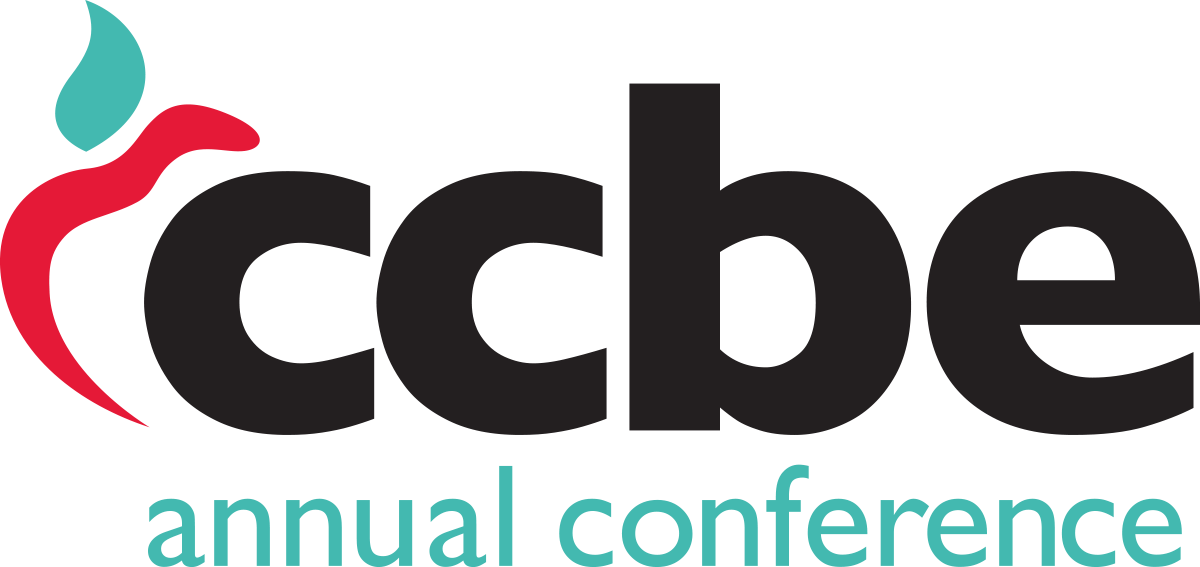
Learn more about the CCBE conference at www.theccbe.org/en/Events/CCBEAnnualConference
and tag related events on social media with #ccbeac.
PIVOT Smarter School Spending Master Class
Masters in Governance Course 3
Masters in Governance Course 4 & 5
Masters in Governance Courses 1 & 2
CCBE Annual Conference
Masters in Governance Courses 1 & 2




